UNESCO and Endangered Languages [1]
According to UNESCO, approximately half of the 6000 or more languages spoken today will disappear by the end of this century. This can be prevented with the supporting language policies of governments and speech communities. The organization aims to raise awareness to provide solutions with the help of the experts and the authorities. Endangered languages are divided into six groups according to their degrees of endangerment.
|
Degree of endangerment |
Intergenerational Language Transmission |
|
|
safe |
language is spoken by all generations; intergenerational transmission is uninterrupted |
|
|
vulnerable |
most children speak the language, but it may be restricted to certain domains (e.g., home) |
|
|
definitely endangered |
children no longer learn the language as mother tongue in the home |
|
|
severely endangered |
language is spoken by grandparents and older generations; while the parent generation may understand it, they do not speak it to children or among themselves |
|
|
critically endangered |
the youngest speakers are grandparents and older, and they speak the language partially and infrequently |
|
|
extinct |
there are no speakers left |
|
The relationship between linguistic vitality and endangerment depends on nine basic criteria:
– Intergenerational language transmission
– Absolute number of speakers
– Proportion of speakers within the total population
– Shifts in domains of language use
– Response to new domains and media
– Availability of materials for language education and literacy
– Governmental and institutional language attitudes and policies, including official status and use
– Community member’s attitudes towards their own language
– Type and quality of documentation
[1] UNESCO Endangered Languages Programme
